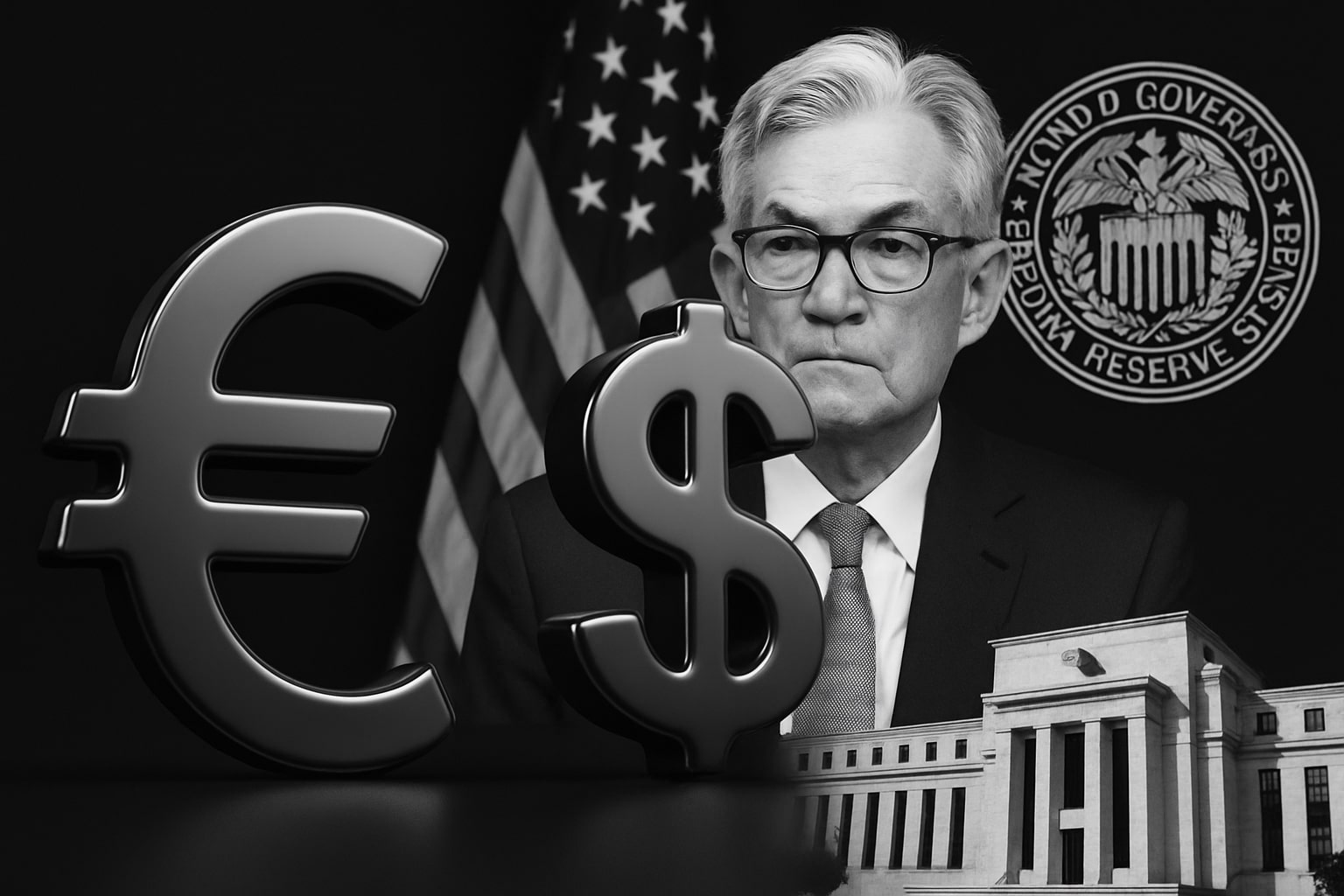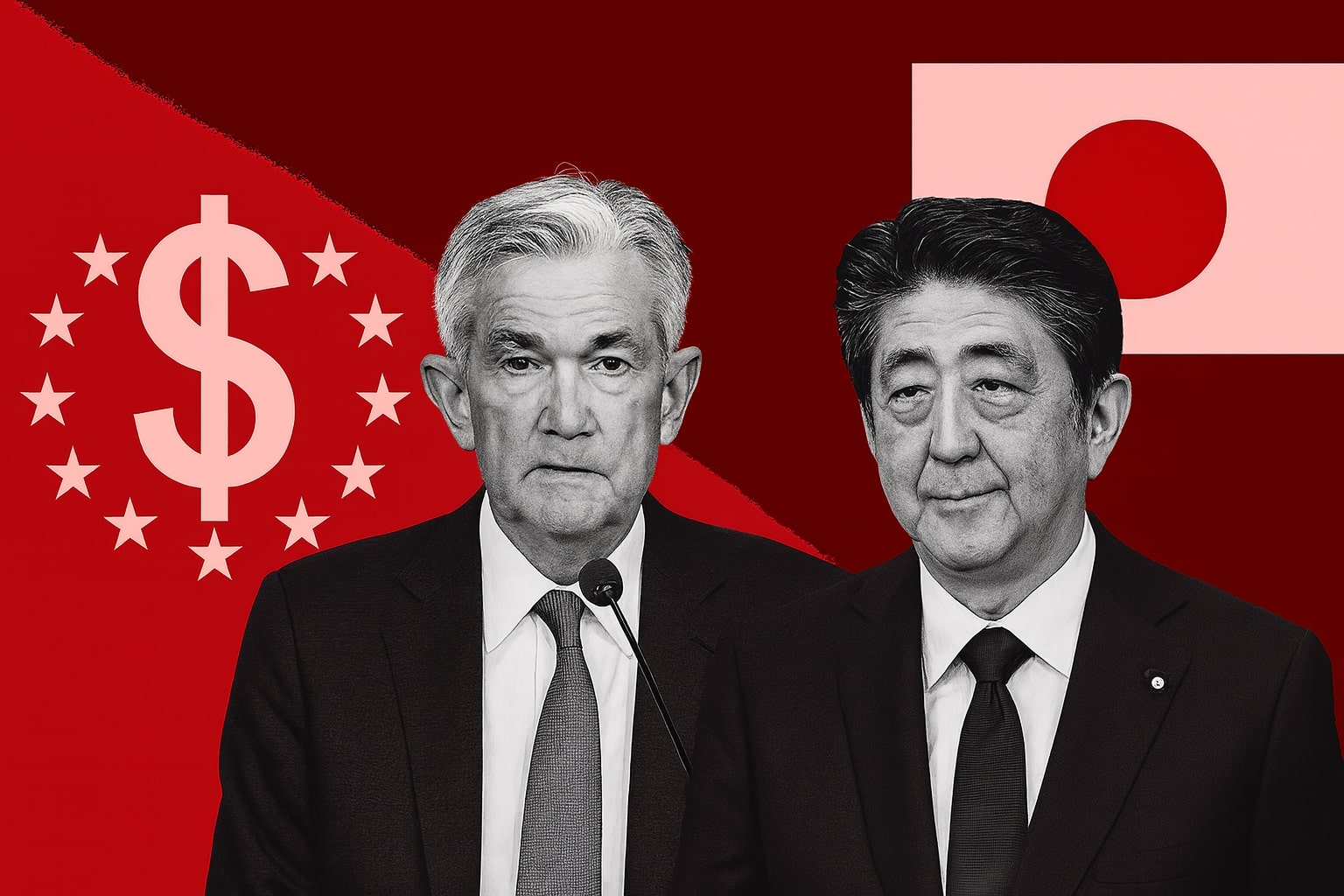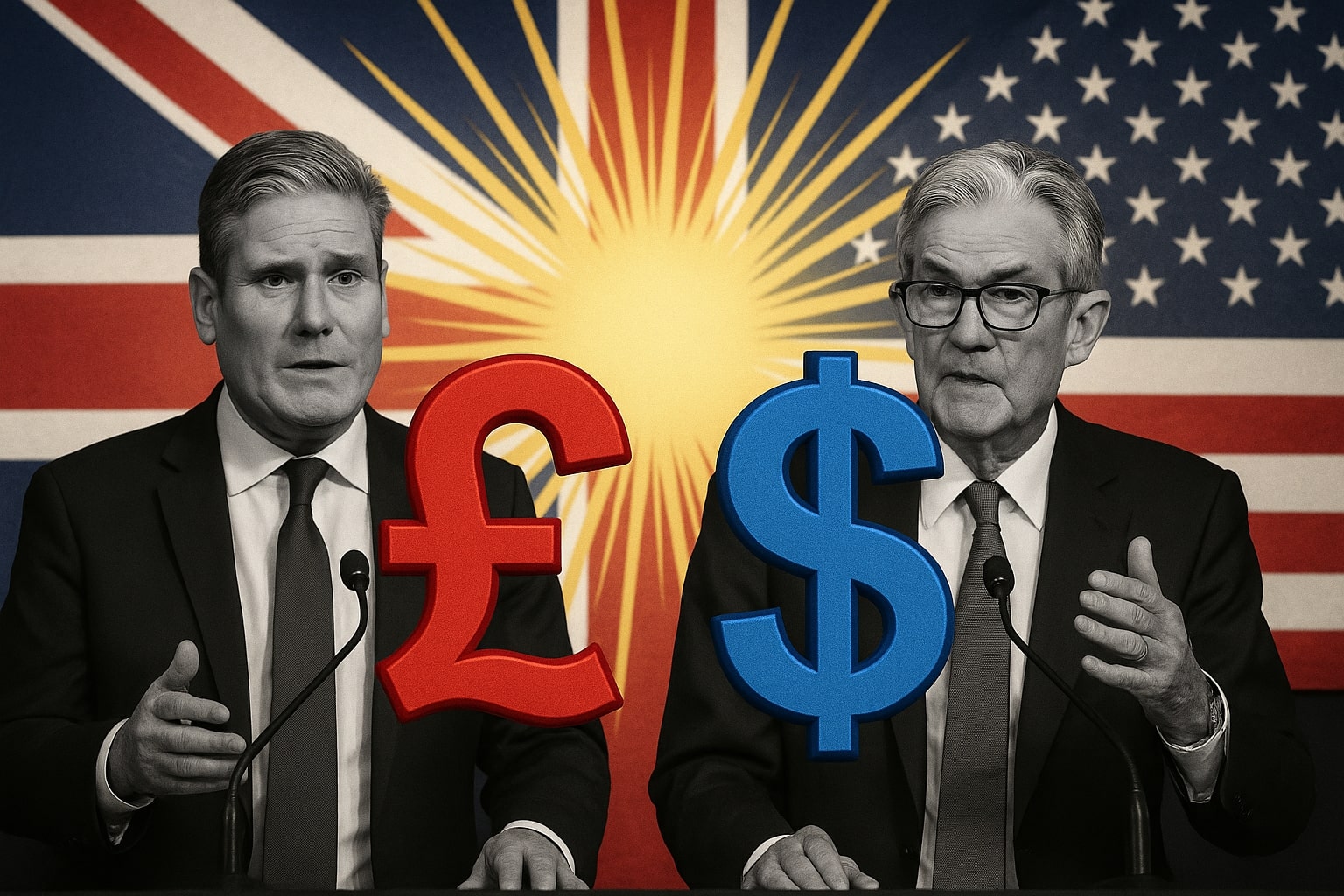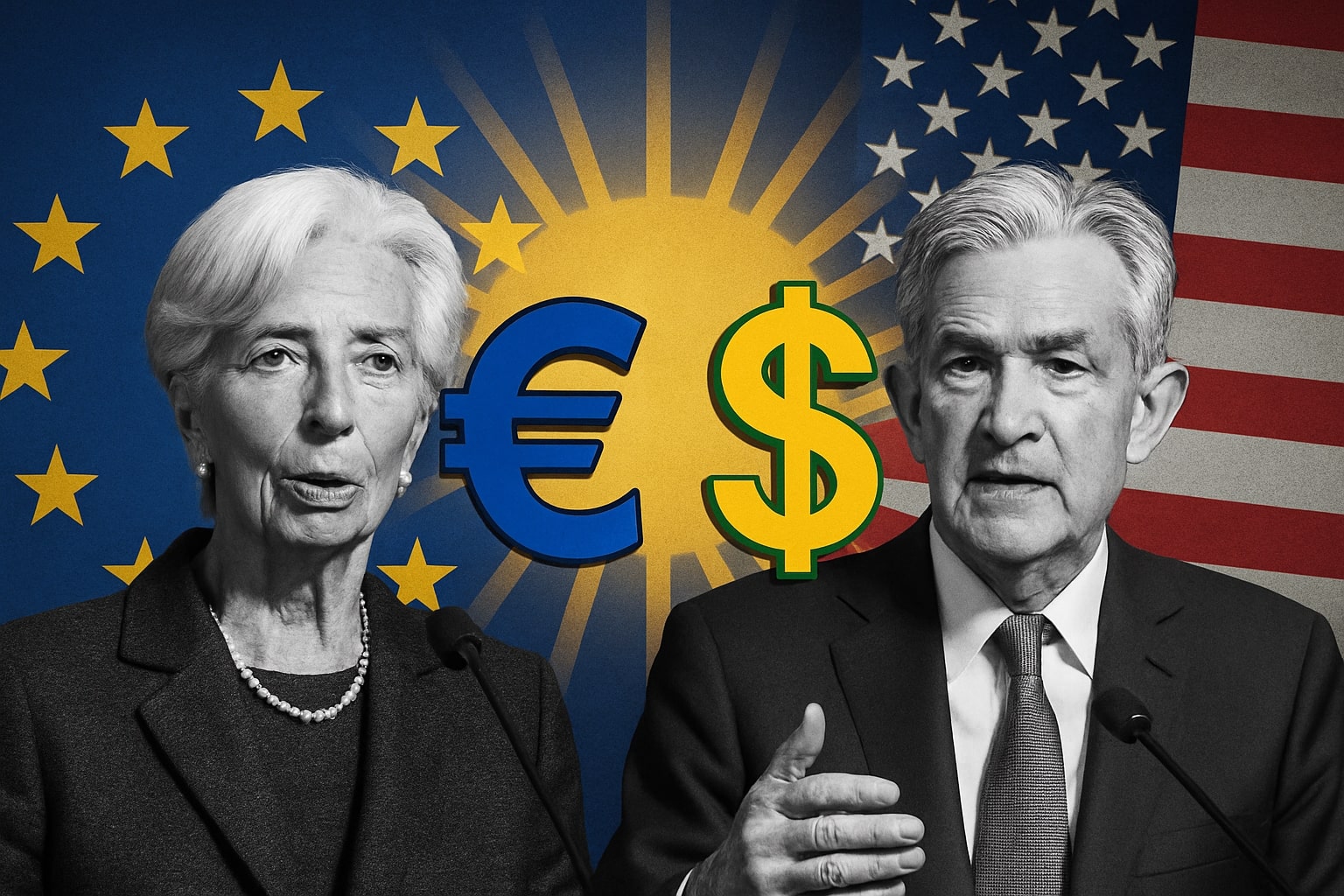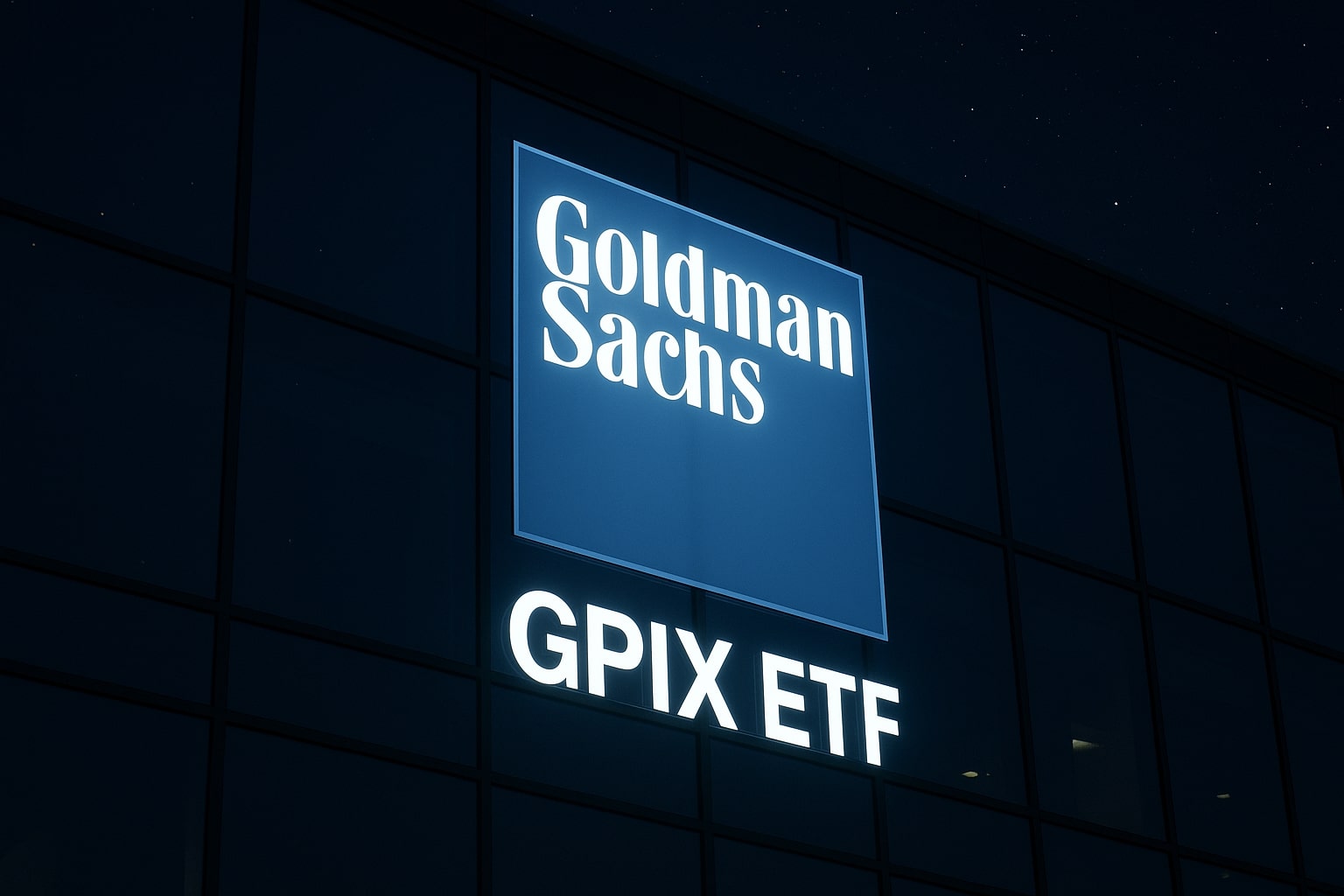EUR/USD (Euro/US Dollar) Under Pressure as Political Instability and Fed Policy Bets Shape Direction
The EUR/USD pair traded near 1.1707 in the late European session, maintaining its weakest level in over a month as simultaneous fiscal and political crises grip both sides of the Atlantic. The euro’s failure to sustain momentum above 1.1750 reflects a fragile equilibrium between European political risk and U.S. monetary uncertainty. The market continues to digest the French Prime Minister’s resignation, deepening Eurozone instability just as the U.S. government shutdown enters its fifth day, halting key data releases and undermining investor confidence in fiscal governance.
Dollar Stability Caps Euro Recovery Despite Fed Rate-Cut Odds at 95%
The U.S. Dollar Index (DXY) traded marginally higher around 98.05, supported by cautious sentiment but capped by growing expectations of a 25-basis-point Federal Reserve rate cut at the October 29 meeting, with an additional 83% probability of another cut in December. Fed policymakers remain divided: Governor Stephen Miran has urged deeper cuts to counter economic slowdown, while Dallas Fed President Lorie Logan warns of persistent inflationary risks in non-housing services. This divergence leaves traders hesitant to aggressively short the dollar, limiting upside for the euro. As liquidity dries up amid the shutdown, the dollar’s role as a global reserve hedge has slowed the pair’s rebound, even as yields flatten across the Treasury curve.
Eurozone Political Volatility Erodes Confidence in the Common Currency
In Europe, politics have turned into a headwind for the euro. Sébastien Lecornu’s resignation as French Prime Minister triggered a 1.36% drop in the CAC 40, widening the French-German 10-year yield spread to its highest since 2020. The development reignited fears of political fragmentation within the Eurozone, with investors shifting to U.S. assets despite the American fiscal crisis. Meanwhile, ECB policymaker Martins Kazaks described current interest rates as “very appropriate,” signaling the central bank’s reluctance to alter policy in response to short-term volatility. The ECB’s cautious stance has given the euro some stability but not enough to counter systemic risk from France’s turmoil and uneven growth in Germany and Italy.
Macro Fundamentals Weaken but ECB Stability Prevents Sharp Sell-Off
Recent data underscores a slow but uneven Eurozone recovery. Retail sales rose 1.0% year-on-year in August, down from 2.1% in July, showing reduced household spending momentum. The Sentix Investor Confidence Index is expected to remain negative, reinforcing a cautious outlook for Q4 growth. On the inflation front, ECB minutes reveal a preference for maintaining current policy until clear evidence of demand weakness emerges. This policy stability contrasts sharply with the Fed’s dovish pivot, explaining the euro’s relative steadiness despite heavy downside pressure.
Technical Structure: Euro Trapped Between 1.1660 Support and 1.1740 Resistance
Technically, the EUR/USD pair is trapped within a narrowing range. After failing to hold above the 50-day SMA (1.1734) and 100-day SMA (1.1733), the pair broke below its ascending trendline at 1.1693, confirming a short-term bearish bias. The RSI near 42 highlights fading bullish momentum, while the oversold threshold near 27 on the hourly chart suggests potential for mild rebound attempts. Key support rests at 1.1660, followed by 1.1640 and 1.1600, where the 200-day SMA (1.1615) sits as the next critical floor. If this level gives way, bearish extensions could target the 1.1570–1.1550 zone. On the upside, resistance lies at 1.1720, with a confirmed breakout above 1.1742 required to regain bullish traction toward 1.1810 and the psychological 1.1900 target.
Government Shutdown Extends U.S. Fiscal Uncertainty, Limiting Dollar’s Upside
The ongoing U.S. government shutdown, now in its fifth day, continues to disrupt economic visibility. The nonfarm payrolls report remains delayed, compounding the information vacuum for markets. Investors are now positioning defensively ahead of Wednesday’s FOMC minutes, expecting language that confirms policy easing bias. The dollar’s mild rebound this week is therefore technical rather than structural. Without fiscal clarity or a data-dependent policy anchor, the greenback risks renewed weakness into the month’s end, which could indirectly support EUR/USD above 1.1650 if Eurozone political risks ease.














